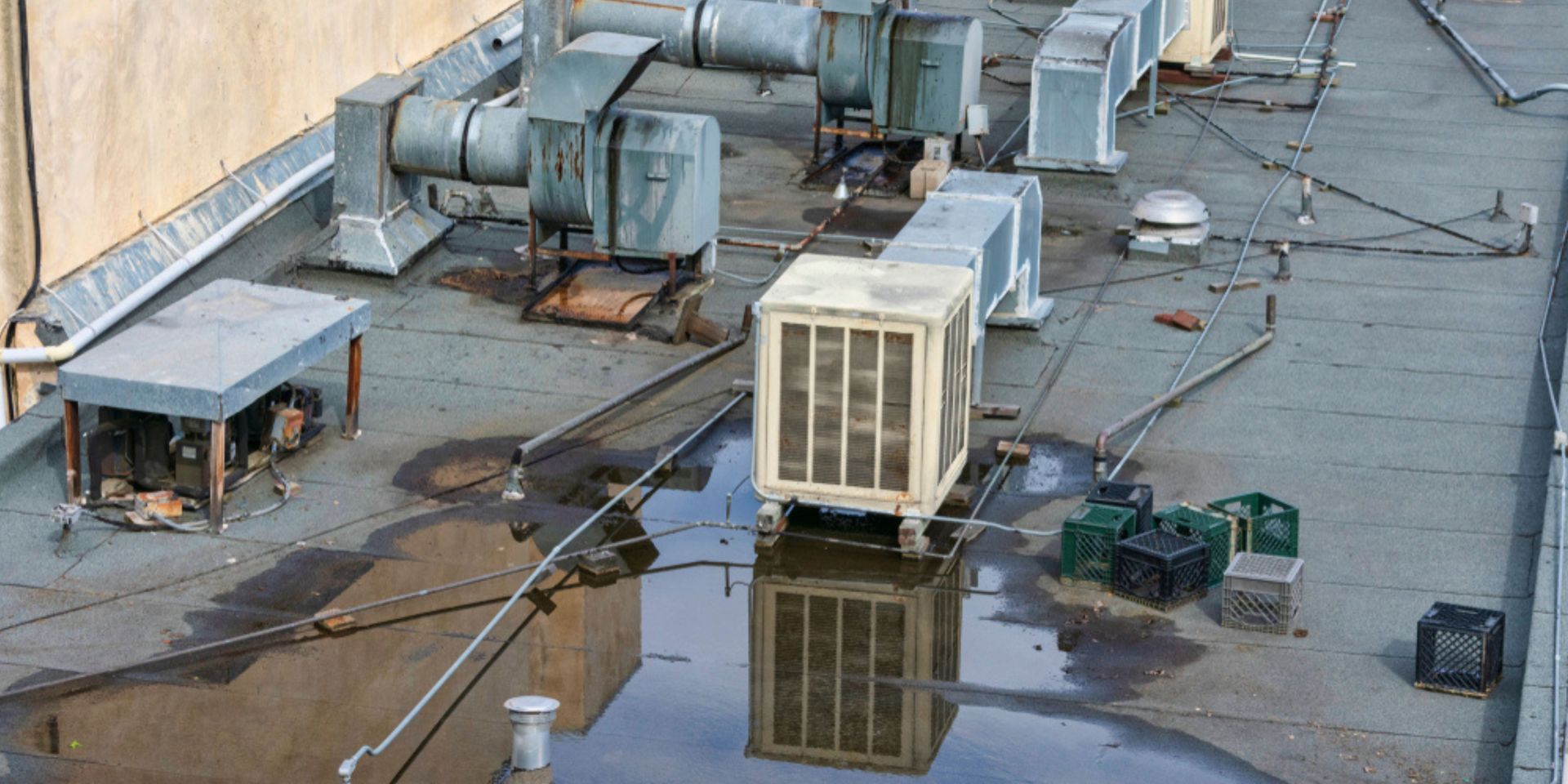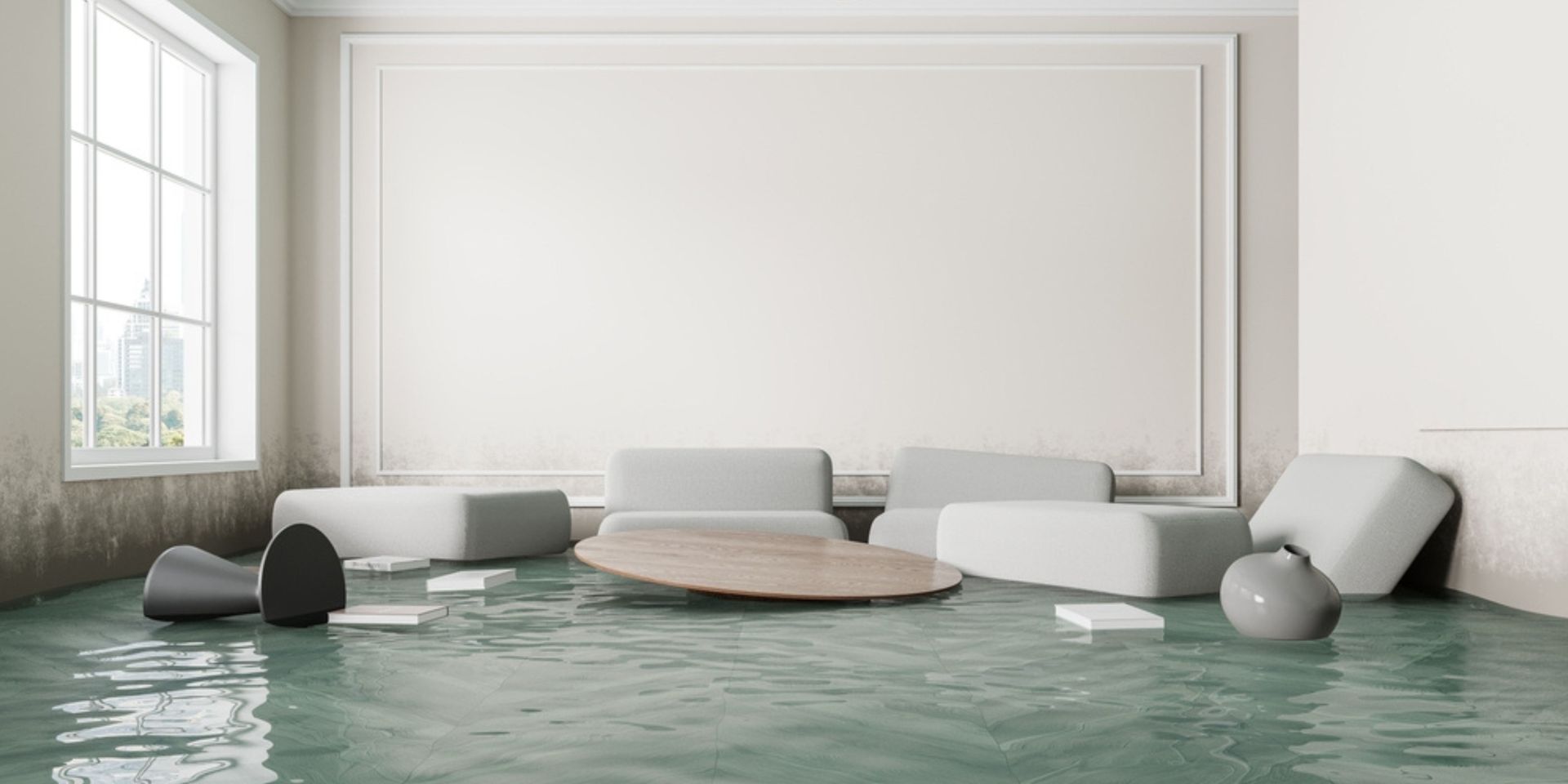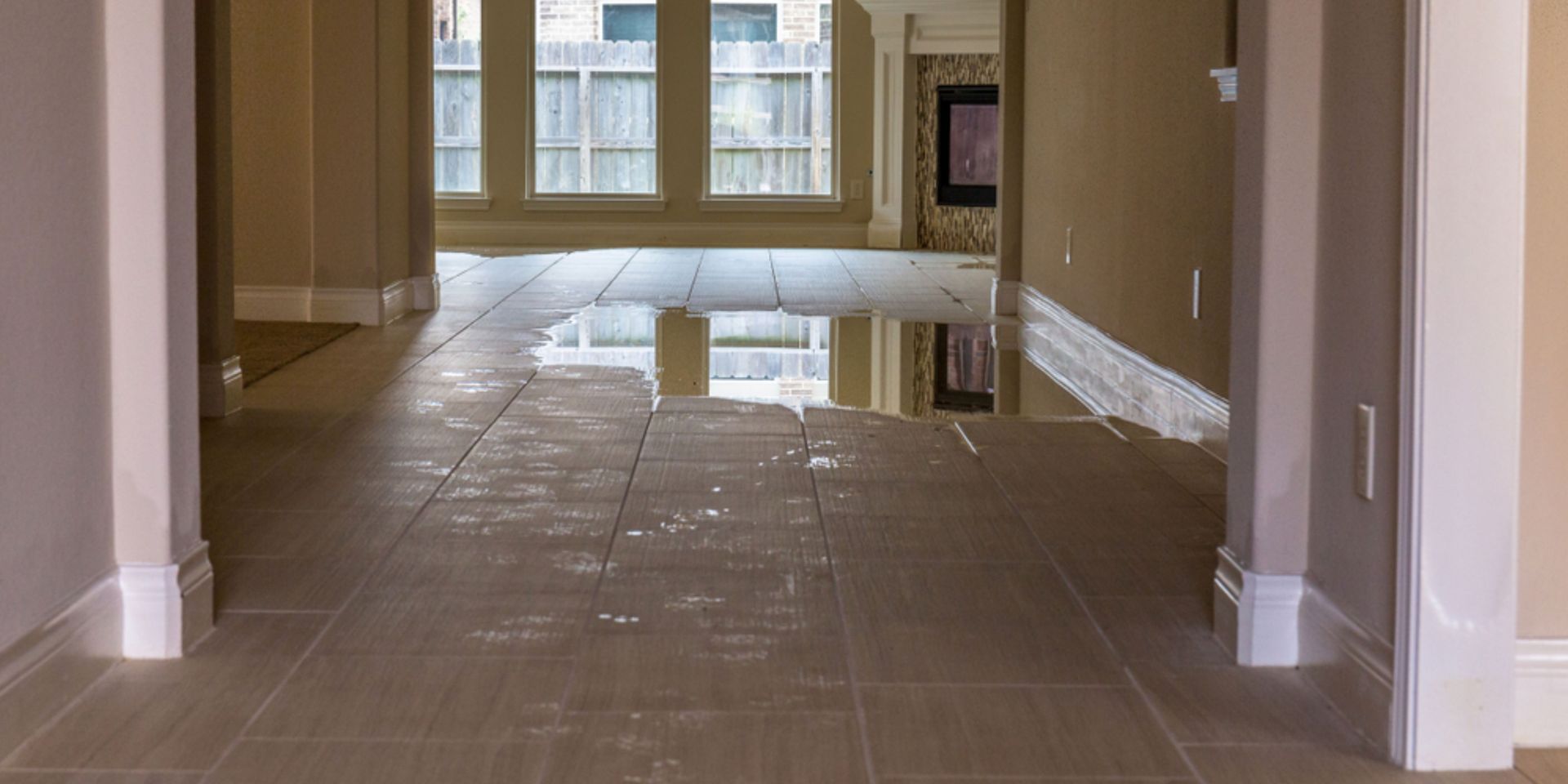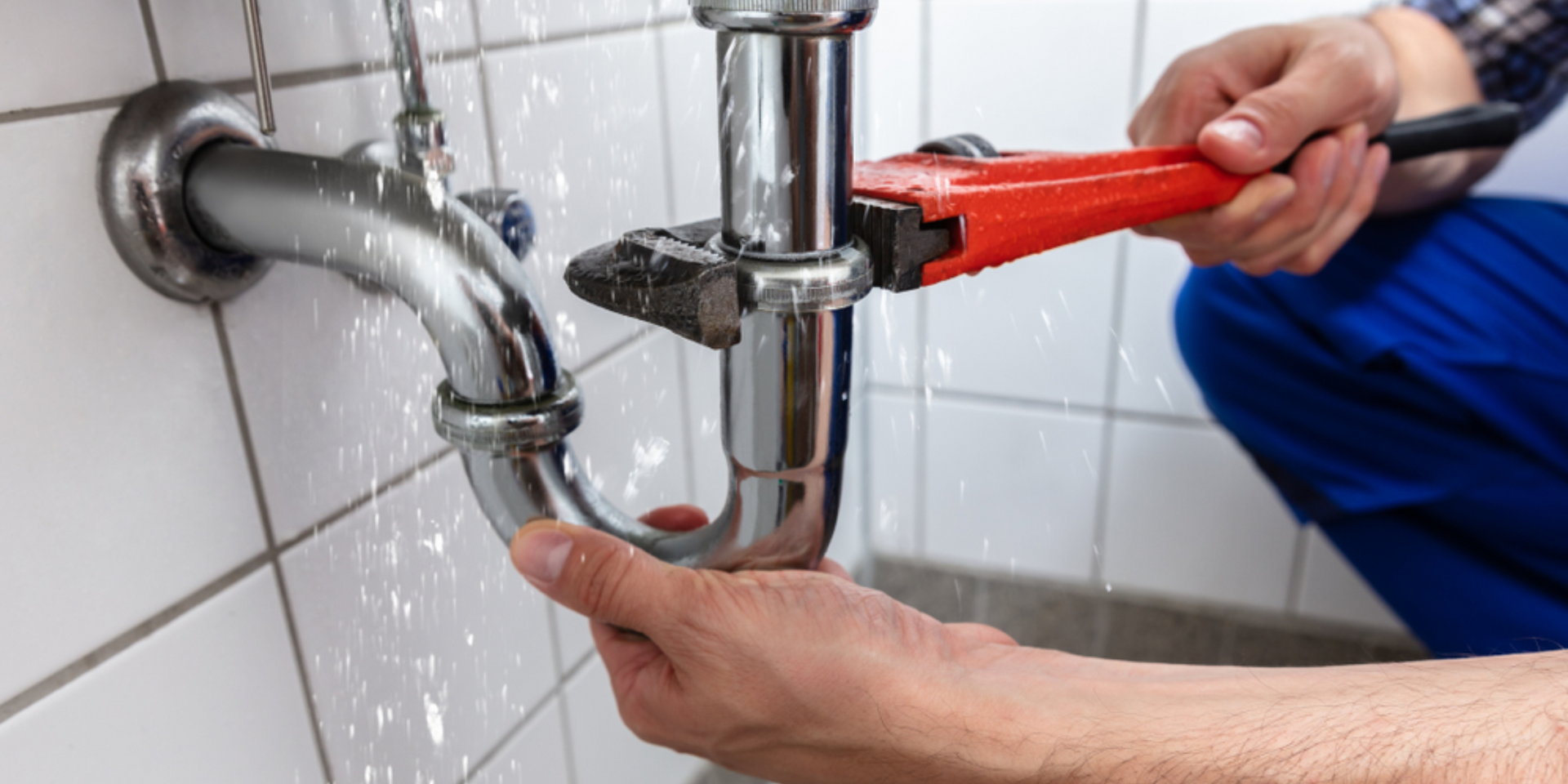HS Restoration & Waterproofing provides excellent service that goes above and beyond.
Follow us
Spotting and Fixing Water Damage on Ceilings: A Comprehensive Guide
Homeowners often assume that water damage is primarily found at ground level—soaked carpets, warped floorboards, or damp drywall near the floor. However, one of the most common and tricky areas to assess is the ceiling. A Water Damage Ceiling problem might appear subtle at first, presenting as a small stain, a slight bulge, or a minor discoloration that many people are tempted to dismiss. But the reality is that moisture problems overhead can pose serious risks to both the structural integrity of your home and the health of those who live in it.
When moisture infiltrates, ceilings can weaken, paint can blister, and hidden mold can begin to flourish. Ignoring these early warning signs or attempting superficial fixes often leads to bigger repair bills and more intrusive restoration work down the line. By learning how to spot the early indicators of a
Water Damage Ceiling problem and understanding the best methods for addressing the underlying causes, homeowners can save themselves a great deal of stress, expense, and hassle.
Professional help is invaluable. Companies like
HS Restoration (www.hsrestoration.com) specialize in diagnosing and restoring water damage, including complex ceiling issues. They offer the experience and equipment needed to identify hidden leaks, remediate mold growth, and restore compromised materials. Addressing a
Water Damage Ceiling promptly ensures a safer environment and preserves the value of your property.
Early Signs of Water Damage on Ceilings
A
Water Damage Ceiling rarely appears out of nowhere. Often, there are subtle clues long before a problem becomes severe. Even if you do not see active dripping, minor symptoms can indicate that moisture is lurking above.
Stains and Discoloration: One of the earliest signs is a light brown or yellowish stain spreading across the ceiling. This discoloration can vary in intensity and size, but any irregular patch of color on a previously uniform surface is reason enough to investigate. It suggests water infiltration, which might come from a leaky roof, plumbing issues, or even HVAC condensation problems.
Bubbling Paint and Cracks: When moisture seeps into the ceiling material—be it drywall or plaster—it can cause the paint to bubble, peel, or crack. This damage may start small, but if left unchecked, it can escalate as more water accumulates behind the surface. Eventually, you may notice sections of the ceiling sagging or losing their structural integrity.
Musty Odors and Mold Growth: A musty smell in a room with no visible mold suggests that fungi could be growing out of sight. Mold colonies thrive in damp, dark environments like the space above your head if a leak has gone unresolved. Spotting mold early is essential. Services likeMold Inspection andMold Remediation from HS Restoration can detect and remove hidden mold, ensuring that once you fix the
Water Damage Ceiling, you also address the health hazards.
Common Causes of Ceiling Water Damage
A
Water Damage Ceiling can result from a variety of sources. Understanding these causes helps homeowners implement preventive measures:
Roof Leaks: Missing shingles, damaged flashing, clogged gutters, or worn-out roofing materials can allow rainwater to enter the attic and drip onto the ceiling below. Regular roof maintenance, cleaning gutters, and annual inspections can help reduce the risk. Simple preventive measures, like hiring professionals toPower Wash Your House and clear debris, can prevent moisture buildup against roofing and siding.
Plumbing Issues: Leaky pipes, especially those running through the attic or upper floors, can lead to a
Water Damage Ceiling. Even a slow, steady drip from a pipe joint can cause serious staining and structural damage over time. Addressing plumbing failures immediately, along with periodic inspections, helps avoid advanced deterioration.
HVAC Condensation: Air conditioning units, if not properly maintained, can produce excess condensation. When drainage lines back up or insulation is inadequate, this moisture may find its way into the ceiling. Investing inResidential Air Duct Cleaning and proper HVAC maintenance reduces humidity and prevents mold-friendly conditions. For commercial properties, understanding whyCommercial Air Duct Cleaning Matters can maintain a healthy environment for employees and customers.
Ice Dams and Seasonal Changes: In colder climates, ice dams form on roofs, allowing trapped water to penetrate roofing materials and leak into the attic. Proper insulation, ventilation, and roof maintenance combat ice dam formation and lower the risk of a
Water Damage Ceiling.
Health Risks and Structural Concerns
A
Water Damage Ceiling isn’t just an eyesore—it can be a serious problem. Mold growth triggered by hidden moisture can lead to allergies, respiratory issues, and other health complications. As spores become airborne, they may circulate through your home’s heating and cooling systems, affecting indoor air quality. SchedulingAir Duct Cleaning after resolving water damage ensures that any remaining contaminants are removed, promoting a cleaner environment.
Structural integrity is also at stake. Over time, water weakens building materials like wood and drywall. A sagging ceiling isn’t just unattractive; it can collapse, causing injuries and necessitating expensive repairs. Acting quickly on a
Water Damage Ceiling problem prevents escalation into a safety hazard.
Step-by-Step Guide to Addressing Water Damage
Fixing a
Water Damage Ceiling involves a systematic approach. While some homeowners attempt DIY methods, professional intervention is often the safest, fastest, and most effective way to achieve lasting results.
- Identify the Source of Moisture: Before any repairs, the cause of the water damage must be found and fixed. This may involve checking the attic, inspecting roof shingles, or calling a plumber. Seal roof leaks, fix pipes, or invest in Crawl Space and Basement Waterproofing to prevent moisture infiltration from below.
- Remove Damaged Materials: Once the source is under control, compromised sections of ceiling must be removed. Cutting out discolored or weakened drywall ensures that hidden mold or rot does not linger. Professionals experienced in Water Damage restoration have the tools and know-how to remove only what’s necessary, minimizing waste and mess.
- Dry the Area Thoroughly: Speed matters when dealing with a Water Damage Ceiling. Dehumidifiers, fans, and professional drying equipment eliminate residual moisture. Addressing trapped humidity quickly helps prevent mold growth and ensures new materials won’t become compromised.
- Mold Inspection and Remediation: After drying, consider a Mold Inspection to confirm that spores have not settled. If mold is detected, swift Mold Remediation ensures that the problem is handled thoroughly, preventing future outbreaks and health risks.
- Restoration and Finishing Touches: Once the structure is sound and mold-free, restoration professionals replace drywall, apply primer, and repaint. For surfaces like grout lines or tile in bathrooms, consider Tile and Grout Cleaning to remove any staining or discoloration caused by leaks. This final step ensures a polished finish that restores your home’s appearance and value.
When to Call a Professional
Minor stains can tempt homeowners to attempt quick fixes, but a
Water Damage Ceiling often involves deeper issues. Professionals like HS Restoration know where to look, how to find hidden leaks, and what signs indicate serious structural problems. Whether it’s a localized patch of mold or a full-blown infestation, professional help is invaluable.
Complex Repairs: If the ceiling shows extensive damage—like large cracks, sagging, or severe mold growth—professional intervention is needed. They will handle problems from multiple angles, ensuring your home returns to a safe and structurally sound condition.
Contaminated Water: Not all water is clean. Flooding or sewage backups can bring harmful contaminants.
Professional Sewage Cleanup prevents exposure to dangerous pathogens. When water damage to the ceiling involves dirty water, professional cleanup ensures proper sanitation and safety.
Comprehensive Home Restoration: If your home has experienced other types of damage as well—like fire or smoke—professional services can help address those issues simultaneously. For instance,
Hire Experts for Fire Damage Restoration and work with a
Specialist for Smoke Damage Restoration to ensure that your home is completely restored from top to bottom, even if the original problem stemmed from water infiltration.
Preventing Future Water Damage
While addressing a
Water Damage Ceiling is crucial, prevention is even better. Taking steps to avoid problems in the first place can save time, money, and stress:
Basement Waterproofing and Maintenance: Damp basements can allow moisture to rise into the upper levels of your home. Consider investing in services like
How Hiring Basement Waterproofing Services makes sense, as these proactive measures keep your foundation dry and stable.
Regular Inspections: Schedule periodic roof inspections and gutter cleanings. Simple tasks like checking for loose shingles or ensuring gutters direct water away from the foundation can significantly reduce the risk of leaks affecting your ceiling.
Climate Control: Maintaining balanced humidity levels helps prevent condensation issues. Proper ventilation, using dehumidifiers in damp seasons, and routine
Air Duct Cleaning keep indoor air quality high and inhibit mold growth.
Geographic Considerations
Local conditions shape the kinds of water damage homeowners face. Properties in
Cumberland County,
Gloucester County,
Cape May County, and
Atlantic County each have distinct environmental factors that can contribute to moisture problems. Some areas may experience heavier rainfall, while others may face higher humidity or seasonal storms. Working with a company familiar with local conditions ensures tailored solutions that respect regional challenges.
This local expertise might involve unique waterproofing techniques, or advice on how often to schedule services like
Residential Air Duct Cleaning. A regional professional understands the climate and building styles in your area, making it easier to anticipate problems and prevent a
Water Damage Ceiling from occurring again.
The Role of Prompt Action
A
Water Damage Ceiling problem rarely improves with time. Delaying intervention only allows mold to spread, structural issues to worsen, and expenses to rise. Prompt action is your best ally. By calling in professionals at the first sign of trouble, you ensure that even complex damage is addressed promptly and effectively.
Acting quickly has multiple benefits. Not only do you limit the severity of the damage, but you also streamline the insurance claim process. When insurers see that homeowners took swift steps to prevent further deterioration, they may be more willing to cover restoration costs. Additionally, a faster response preserves more of your home’s materials and finishes, resulting in a less extensive, less expensive repair.
Insurance Claims and Documentation
After discovering a
Water Damage Ceiling, many homeowners wonder how to handle insurance claims. Proper documentation is essential. Take clear photographs of stained areas, bubbling paint, or any visible mold growth. Documenting the steps you take to contain the leak, remove damaged materials, and call professionals helps substantiate your claim.
HS Restoration professionals can provide detailed estimates, moisture readings, and any required documentation for insurance. By working with reputable experts, you ensure that your insurer receives accurate information. This cooperation can expedite the approval process, reduce stress, and assist you in recovering financially from the incident.
Integrating Services for Comprehensive Home Care
Homes are complex systems, and water damage rarely exists in isolation. When dealing with a
Water Damage Ceiling, it often makes sense to explore additional home improvement and maintenance services. For instance:
- After fixing the ceiling, consider Tile and Grout Cleaning to restore water-stained bathroom tiles.
- Improve indoor air quality long-term with regular Air Duct Cleaning.
- If basement moisture contributed to the ceiling damage, address the root cause with Crawl Space and Basement Waterproofing.
- If a disaster triggered multiple issues, from flames to flooding, look into Hire Experts for Fire Damage Restoration or Specialist for Smoke Damage Restoration to restore the entire property thoroughly.
By integrating various services, you ensure that all parts of your home remain safe, clean, and well-maintained, preventing future moisture-related troubles.
The Value of Professional Expertise
Fixing a
Water Damage Ceiling is about more than patching drywall and repainting. Proper restoration digs deeper, ensuring no moisture is left behind to feed mold, and that no hidden damage compromises structural integrity. Professionals deploy advanced tools like moisture meters, infrared cameras, and industrial-strength dehumidifiers to achieve outcomes that last.
Relying on professional expertise also saves you time. Instead of struggling with trial-and-error fixes, homeowners can trust experts to find solutions tailored to their specific problem. From diagnosing the cause to conducting thorough repairs and preventive measures, trained technicians streamline the process and deliver peace of mind.
Indoor Air Quality and Comfort
A healthy home environment depends on clean air. High humidity and hidden leaks can breed mold spores that circulate through your HVAC system, compromising indoor air quality. After resolving a
Water Damage Ceiling, consider addressing air quality concerns directly. Routine
Air Duct Cleaning or exploring the
Benefits of Residential Air Duct Cleaning ensures that no contaminants linger in your ventilation system.
Improved air quality enhances overall comfort. Your home feels fresher, odors are eliminated, and allergy sufferers can breathe easier. Addressing a
Water Damage Ceiling and its root causes leads to a healthier, more pleasant living space.
Lessons from Related Incidents
Moisture overhead often stems from scenarios many homeowners don’t consider initially. Firefighting efforts, for example, can lead to water-soaked structures. In these cases, it’s wise to
Hiring a Professional for Water Damage Restoration who understands how residual water can affect ceilings and other building components. Similarly, storm damage may compromise both the roof and other structural elements.
Preparing for unexpected events by knowing who to contact in an emergency can shorten response times and contain damage more effectively. Keep reliable contact information handy, and prioritize regular home maintenance to minimize risks.
Rebuilding Confidence in Your Home
A
Water Damage Ceiling can shake your confidence in the safety and stability of your property. Yet, professional restoration and preventive measures not only fix the immediate problem but also restore trust in your home’s resilience. With the help of experts like HS Restoration, your home can emerge stronger, cleaner, and better protected against future leaks.
This renewed confidence stems from knowing that underlying issues were identified and addressed properly. Once the repairs are complete, you can enjoy your living spaces without worrying about invisible threats lurking above. Proactive steps like waterproofing basements, cleaning air ducts, and conducting regular inspections all contribute to a secure, worry-free environment.
Cost-Effectiveness of Early Intervention
Procrastination can transform a minor
Water Damage Ceiling issue into a costly repair. By acting early, you prevent mold growth, structural deterioration, and secondary damages that compound the original expense. Quick intervention often means dealing with a smaller stained area rather than a widespread infestation or a collapsed section of the ceiling.
Early detection and resolution also protect the value of your property. A well-maintained home, free from lingering moisture issues, retains its market appeal. Prospective buyers will pay more for a home that demonstrates consistent upkeep and professional care. In this sense, investing in prompt repairs and preventive measures offers a return on investment should you decide to sell in the future.
A Comprehensive, Preventive Approach
The best way to handle a
Water Damage Ceiling is to adopt a holistic approach that includes prevention, prompt repairs, professional remediation, and ongoing maintenance. By recognizing early warning signs and calling in experts, you can limit damage and ensure a thorough resolution. Additionally, exploring services like
How Hiring Basement Waterproofing Services reduces the chances of repeated issues.
Combining strategies—like keeping roofs in good condition, maintaining balanced indoor humidity, cleaning air ducts, and performing regular inspections—creates layers of protection against water-related headaches. Each measure works in tandem, significantly cutting the odds of another unwelcome water surprise.
Conclusion: Prioritizing Professional Restoration for Long-Term Results
A
Water Damage Ceiling is a wake-up call that something is amiss with your home’s moisture control. It requires immediate attention to prevent serious health hazards, structural damage, and financial burdens. Rather than relying on quick cosmetic fixes, investing in professional restoration and prevention services from a reputable provider like
HS Restoration (www.hsrestoration.com) ensures long-term success.
From identifying the source of the leak to conducting thorough drying, mold inspection, remediation, and structural repair, each step is integral to the restoration process. Embracing a comprehensive strategy and relying on professional expertise leads to a healthier, safer, and more valuable home. When you act decisively and partner with skilled technicians, a
Water Damage Ceiling becomes an opportunity to fortify your living space and eliminate hidden dangers once and for all.










